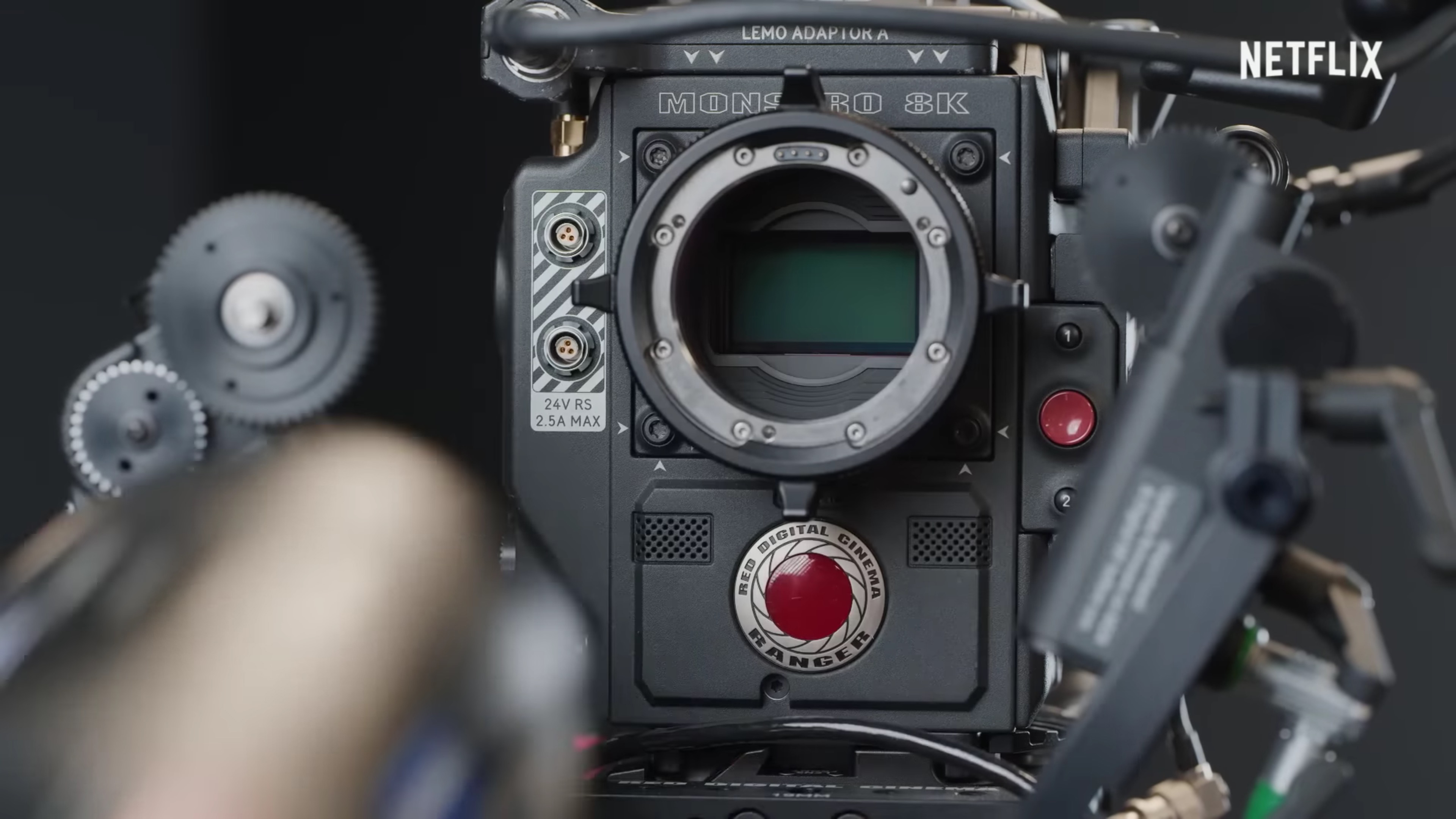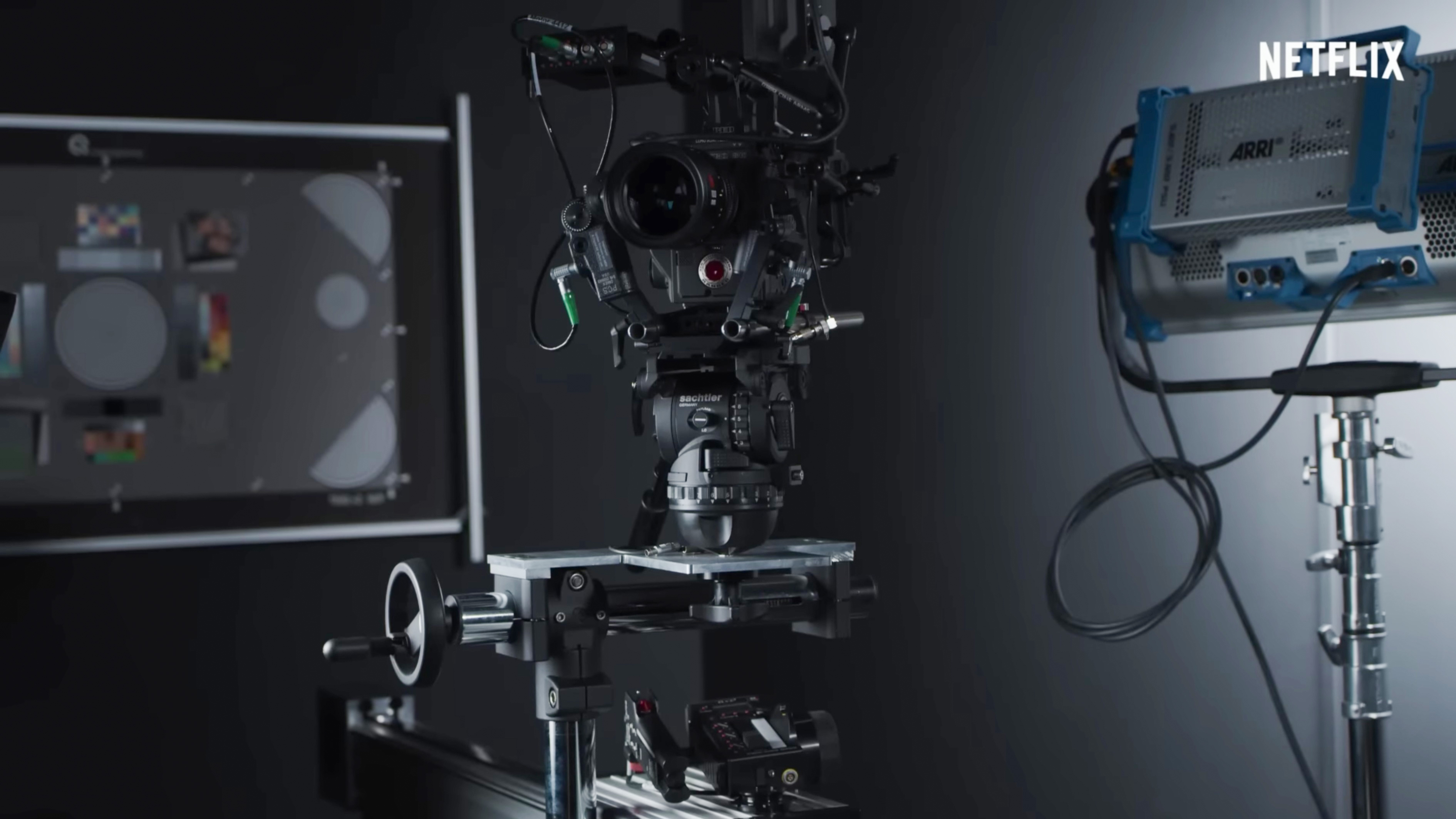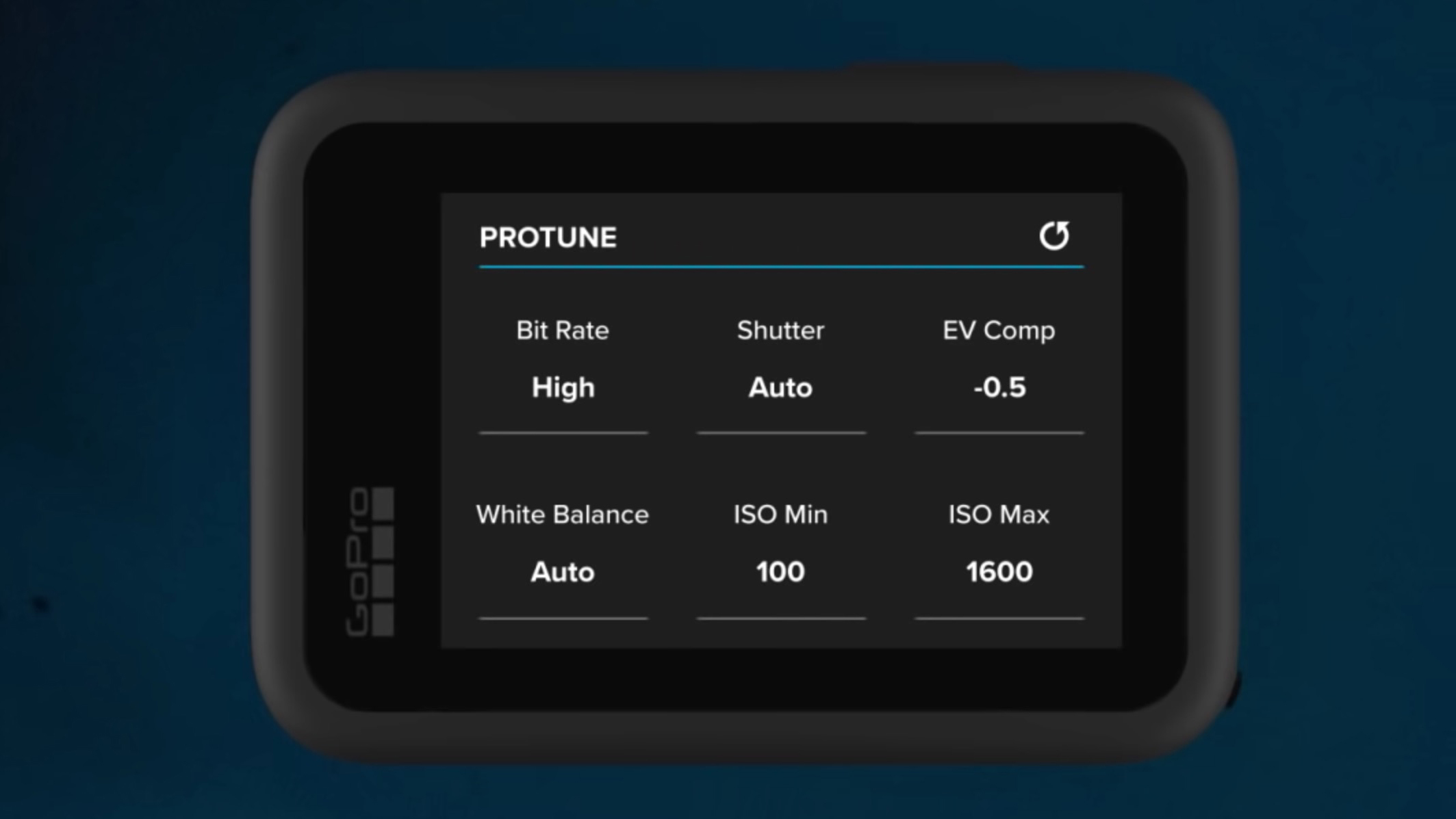What is a Netflix-approved camera and should you buy one?
Netflix's cameras list isn't quite what it seems

From Bridgerton to Resident Evil, Netflix is home to a huge variety of movies and TV shows. But you may also have noticed that, whatever the subject matter, Netflix dramas often share a signature crisp, clean look. Why is that? One of the reasons is the influence of what Netflix calls its "approved cameras list".
This is a slightly strange concept. After all, musicians don't have to use Spotify-approved instruments to record albums for the streaming service. So why does Netflix feel the need to create its own cameras list, and how does it decide which ones make the cut? More importantly, should video cameras that aren't on the list be immediately deemed worthless and obsolete?

With a little help from Netflix, we've answered those questions and more in this explainer. The streaming service's cameras list is evolving all the time – this week, for example, Netflix added the Sony FX3. This is a significant new entry, because the FX3 is Sony's smallest, cheapest cinema camera (even if it does still cost $3,899 / £4,200 / AU$6,149).
There's no doubt that Netflix's 'approved cameras list' contains some of the best video cameras you can buy, but is it the be-all-and-end-all for filmmakers looking to buy a camera? Let's shine a spotlight on the guidelines to find out.
What is Netflix's approved cameras list?
Since 2018, Netflix has published a regularly updated list of approved cameras that filmmakers must use to shoot "90% of a program's total runtime" on Netflix productions. At the time of writing, that list contains 50 cameras from Arri, Canon, Panasonic, RED, Panavision, Sony and Blackmagic.
So does this mean every film or TV show that you watch on Netflix has been shot with one of those cameras? Not quite. The streaming giant confirmed to us that the cameras list is for Netflix productions only – in other words, just the shows you see badged as 'Netflix Originals', like Stranger Things, The Crown and Money Heist.

The rest of Netflix's library has been shot using whatever cameras the directors liked (or perhaps, could afford). That's why we've seen several movies, like Tangerine and High Flying Bird, appear on the platform despite being shot entirely on iPhones.
Get daily insight, inspiration and deals in your inbox
Sign up for breaking news, reviews, opinion, top tech deals, and more.
There's no doubt that Netflix's list of approved cameras errs towards the high-end. But in recent years, we've seen some interesting compact models added to the guide, including the Canon EOS C70, Panasonic Lumix S1H and, most recently, the compact Sony FX3.
Not all of them are full-frame cameras either – the Panasonic DC-BGH1 ($1,998 / £1,899 / AU$2,999) earns a spot despite having a relatively small Four Thirds sensor. This again proves that sensor size isn't everything – even when you're shooting high-end Netflix shows that are watched by millions.
Why does Netflix have an approved cameras list?
As interesting as Netflix's cameras list is the broader question of why it has a list in the first place. After all, while networks and distributors often have technical guidelines for TV shows and movies, they rarely dictate the actual cameras that can be used to make them.
Netflix answered this question (kind of) in a recent videothat's like a VH1 'Behind the Music' episode for camera nerds. In the video, Kris Prygrocki (Netflix's Camera Systems Specialist) says: "One of the biggest priorities for us as a studio is helping our filmmakers do their very best work. We want our filmmakers to not just feel enabled, but also encouraged to use the latest and greatest capture technologies out there to tell their stories".

Given that most filmmakers probably don't need Netflix to tell them about the latest camera tech, that's really only half the story. The other half is one of consistency and tight quality control, which is understandable for Netflix's own content – even if it outwardly gives the impression of Apple-style control freakery.
After consulting with filmmakers, Netflix has conceded that a high-end cinema camera isn't always the best tool for the job. As Kris Prygrocki explains: "Because we hold such high standards, it's difficult for specialized systems such as a drone, a fixed rig, a pan-tilt-zoom camera, an action camera, even high-speed cameras to meet our specifications". These minimum specs include a 4K UHD sensor, 10-bit color depth and raw recording, which are often beyond budget video cameras.
"Despite some of the shortcomings, these specialty cameras offer a lot of features our approved cameras don't," he adds. "We realize the importance of being able to use them in certain situations when they're absolutely necessary to achieve creative intent. That's why on all of our original productions, we provide for an allotment of non-approved camera usage if required".

That allotment is only about 10% of the show's final runtime, or a little more for non-fiction content. But interestingly, Netflix also provides a list of frequently-used, non-approved cameras, which includes the iPhone 12 Pro, GoPro Hero 9 Black and most of DJI's own-brand cameras for its drones.
While these far more affordable cameras will probably never make the final approved list, they have likely been behind some scenes you've watched on Netflix.
How does Netflix decide which cameras make the cut?
Netflix has built the video camera equivalent of DxOMark's smartphone-testing labs to figure out which models deserve its seal of approval. According to the streaming giant, it's about way more than just resolution. "The most common misconception is that the only requirement we have for cameras on our approved list is 4K capture," explains Kris Prygrocki.
"While capturing at a higher resolution is certainly important to image quality, we know it's not everything," he adds in the video. "Other criteria that is just as important to image quality would be dynamic range, color reproduction, noise performance, sensor readout speed, compression, Chroma subsampling, bit depth and so on".

To grill cameras on these, Netflix uses standardized tests like OECF (opto-electronic conversion function) charts, but is keen to stress that it doesn't rely on one kind of test. Or, in fact, image quality tests alone. "We're not putting together these specifications in a vacuum behind closed doors," says Kris Prygrocki. "All of these requirements are built on years of experience in industry feedback. Surprisingly, a lot of the feedback we receive doesn't actually pertain to image quality," he adds.
"That's why during our camera evaluations we also look at things like the stability and reliability of the system. Does it have proper thermal management? Is it going to overheat or professional film set? Are we going to have to deal with image corruption or lost data all the time?" he says.
This explains why some small, capable cameras like the Canon EOS R5 – which has overheating limitations – don't make the list, despite being able to shoot impressive 8K video.
Should you only buy a Netflix-approved video camera?
If you're a professional filmmaker who's been commissioned to shoot a Netflix Originals production, then yes. But for the vast majority of people? The answer is no. Netflix's camera list is a fun but incomplete snapshot of the kind of pro video tools that are out there, with many great options not making the cut due to technicalities.
For example, we think the Blackmagic Pocket Cinema Camera 6K Pro is one of the best video cameras you can buy, but it isn't in Netflix's list due to its lack of a dedicated timecode input. Similarly, there are many great hybrid cameras like the Fujifilm X-T4 and Sony A7 IV that shoot great video, but simply lack the technical chops to be an A-cam on a Netflix set.

Still, something that is worth looking at – arguably more-so than the cameras list itself – are Netflix's best practice guidelines. They contain some good pointers on maximizing image quality (for example, using the GoPro ProTune Flat profile on its action cameras), which is always a good habit to develop.
And who knows, once your film is complete and you've followed all the guidelines, maybe one day you'll be selling it to Netflix – then using the profits to buy one of the pricier cameras on its illustrious 'approved' list.

Mark is TechRadar's Senior news editor. Having worked in tech journalism for a ludicrous 17 years, Mark is now attempting to break the world record for the number of camera bags hoarded by one person. He was previously Cameras Editor at both TechRadar and Trusted Reviews, Acting editor on Stuff.tv, as well as Features editor and Reviews editor on Stuff magazine. As a freelancer, he's contributed to titles including The Sunday Times, FourFourTwo and Arena. And in a former life, he also won The Daily Telegraph's Young Sportswriter of the Year. But that was before he discovered the strange joys of getting up at 4am for a photo shoot in London's Square Mile.